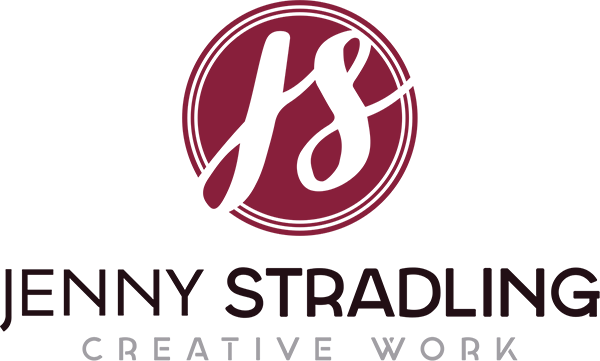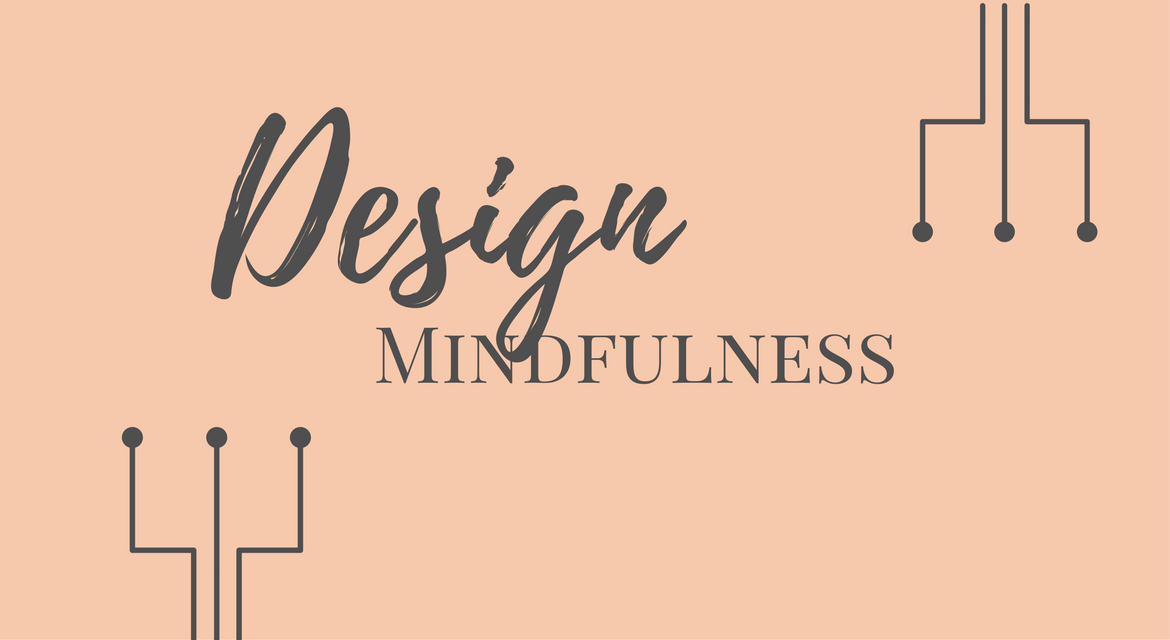While traveling through an airport a few months ago, I stumbled across “The Little BIG Things” by Tom Peters. I love reading but often times I end up listening to audio, instead of actually picking up a book, so I can multi-task. However, when I fly I always read a book or two. It’s a little treat and something I look forward to each time I travel.
I had actually never read a Tom Peters book before (sad, but true – he’s been writing since the 1980’s) and I was immediately enamored.
This book is…. So. Good.
Something his ability to be witty while still giving it to you “like it really is” resonates with me. When it comes to business I like the no-nonsense approach.
The reviews on this book say it all:
“We live in a Tom Peters world.” —Fortune Magazine
“It is [Tom] Peters—as consultant, writer, columnist, seminar lecturer, and stage performer—whose energy, style, influence, and ideas have [most] shaped new management thinking.” —Movers and Shakers: The 100 Most Influential Figures in Modern Business
“The Little BIG Things is, without any hint of hyperbole, the single best management book I’ve ever read.” — Warren Bennis
But to get a better picture of his style, here’s an actual excerpt from the book on two of my favorite topics rolled into one, “design mindfulness”.
Design Is… Everywhere!
“Everything is design.”— from Richard Farson, The Power of Design: A Force for Transforming Everything
“Design” means the string of gorgeous products from Apple or OXO or Herman Miller or John Deere. But it applies equally to the “presentation” of the training course you are about to deliver. And “design mindfulness” is at the heart of the new purchasing process about to be unveiled—in a 20-person organization. And it’s the soul of the reception area in a 3-person accountancy; and the very heart of the Formal Reports that same accountancy delivers. Hence, if you are serious about design, among other things:
(1) It becomes part of every (e-v-e-r-y) project, tiny to grand, in every (e-v-e-r-y) department.
(2) Every project has a formal “design advocate.”
(3) Everyone is encouraged through example to become “design minded.” (And it’s part of their formal evaluation.) (Everyone = General management to housekeeping at the hotel, Managing Partner to receptionist at the accountancy or consultancy.)
(4) Design is always considered on five dimensions: (1) usability, (2) simplicity, (3) aesthetics, (4) “Cool”/”Wow”/”Gaspworthy,” and (5) EXCELLENCE.
(5) Every work space is a living example of Excellence in design—it sings “our song.”
(6) Design EXCELLENCE applies to every business process as much as to every product.
(7) Design per se is explicitly addressed in every written work plan.
(8) While design is not always “free,” design-mindedness is not a cost item—and EXCELLENCE in design applies at least as much at the “low end” as at the luxury end of a market.
(9) Design Reviews are part of all project reviews.
(10) If you are a/the Big Boss, there should be a… Chief Design Officer… who lives in the “power corridor” with the Chief Financial Officer, Chief Marketing Officer, etc. (If you are a “little boss,” there should be an appointed “design champion” whose collateral duty is to represent the “design view” in all the unit’s work product.)
(11) “Design-mindfulness” or “EXCELLENCE in design” should (must!) be part of the organization’s Core Values Statement.
(12) Design per se should be directly and indirectly part of all training programs.
See what I mean? It’s not just what he says it’s how he chooses to say it.
“Design-mindfulness”?
“EXCELLENCE in design”?
Yes. Yes. YES!
But what does Tom mean by “design-mindfulness”?
Design is much more than your product – it’s the process of making your product. Often times a company will produce a product, find success and think the design process is over. Far from it.
What does the future of your company look like? In this modern world of high-speed internet and access to anything imaginable from our handheld devices, we must always be evolving if we expect to remain relevant. For some companies this may mean if you don’t look for ways to automate, you may fall behind and not be able to remain competitive in pricing. However, despite machines being capable of many things, design is still best done by a human.
A human can create. A human can play. A human can experiment and test ideas. And, when things don’t work, adjust and continue. That’s the process of design. That’s the process of creating something with mindfulness as part of the plan.
“Design mindfulness” has to be included in everything you and your organization does, including brand development. How you answer the phone. The art that goes on the walls. The office dress code. How you respond to emails. There is a personality to your brand and it matters. And, how you communicate your brand personality matters. It’s who you are in the world. It’s everything.
Final Thoughts
What does your brand personality say about you? Are you sending the right message? How can you use mindfulness when designing your processes in order to achieve excellence?
Here’s an exercise for you to see just how strong your design mindfulness is:
Create a 30-second elevator pitch about how design shapes your business culture and processes. If you can’t define it, maybe it’s time to rework your brand vision.



STIven
July 20, 2017 at 8:58 pmThe only time I love to read is on the plane, takes your mind off the fact your 30k feet in the air and you don’t have to worry about battery life. Great read! Hope your trip was fun.
Jessica
July 20, 2017 at 11:30 pmI love to see the evolution of company logos and products redesigns. I agree that design mindfulness is more than just creative design.
jennystradling
July 20, 2017 at 11:54 pmAgreed Stiven! Call me old fashioned but it’s so much easier to carry A BOOK than worry about devices that may die at any time! (the trip was a blast, BTW, thanks for asking)
jennystradling
July 20, 2017 at 11:57 pmDesign is a process and without incorporating mindfulness we risk overlooking one of the most important aspect of the user experience – THE USER!
Sara
July 21, 2017 at 7:41 pmThis is great advice, and so few companies do it because they’re so busy doing everything else they’re already doing, so it’s a great way to set yourself apart from your competitors if you make the commitment to it. I like how Tom says that it also applies to processes, not just the products. So much of satisfaction in business – for customers, employees, bosses – comes from the day-to-day experience with the company and how it operates. It’s especially relevant when it comes to managing employees. Usually companies are so focused on giving the customer a great experience that they forget that great customer experiences begin with great employee experiences. Begin from within when it comes to implmenting design mindfullness and the effects spread outward.
Great read, thanks for sharing!